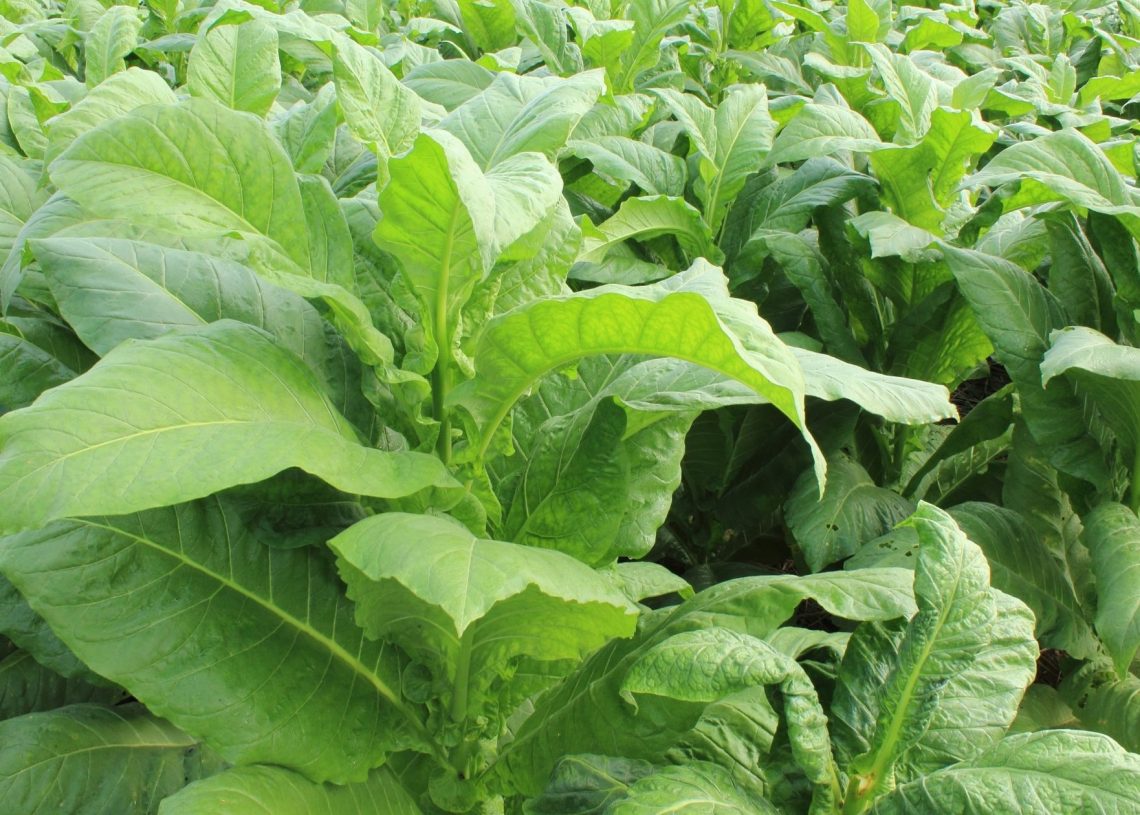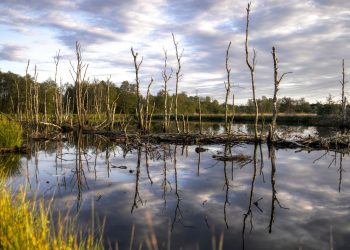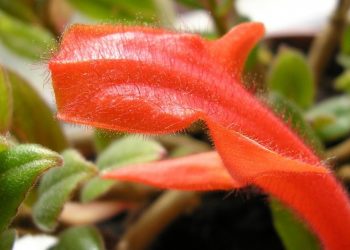People already have a bad image of tobacco as it kills humans if consumed through smoking. But this was not enough as the latest finding on tobacco has yielded surprising results. Scientists have found a ‘killer tobacco plant’ that traps and kills insects.
Researchers have detected seven new species of wild tobacco known as Nicotiana. They have found them at a truck stop in Western Australia. This tobacco plant traps and kills insects due to its sticky and glandular hairs.
A Result of Joint Efforts
Scientists carried out the result in a joint effort between Curtin University, the Royal Botanic Gardens Kew, and the University of Vienna. They have termed it as the “killer tobacco plant” for it traps and kills gnats, aphids, flies as well as other insects.
Professor Mark Chase from the Royal Botanic Gardens said most people consider the arid part of Australia as almost barren. People believe this area has a limited plant diversity.
He said research teams studied these areas well over the last few years and they are seeing the emergence of new and unusual species. Moreover, Mark said one of the species named Nicotiana insecticida really justifies tobacco kills.
He said the wild tobacco plant traps and kills insects due to its glandular hairs. It is a big study in the biodiversity world and it brings a new hope to explore the other areas for new findings.
A Plant with a Murderous Instinct
Scientists found this tobacco plant at a truck stop on the Northwest Coastal Highway in Western Australia. After collecting its seeds and growing them in a greenhouse at Kew, scientists came to know about its killer instinct.
The wild tobacco plant, “Nicotiana insecticida”, has sticky glands that cover its surfaces. Due to these glands, it ensnares small insects and kills them. It is a first-of-its-kind tobacco plant to show such a characteristic.
Researchers carried out the research for new forms of tobacco in the arid regions of Australia. They tried to cover Nicotiana walpa which is found when storms come in the desert.
This species has only been found twice. First, scientists detected it in 1988, and another time in 2016 when scientists worked on this project. Until now, there is no full outcome of the study as there are many other Nicotiana species yet to be discovered from the Australian deserts.






